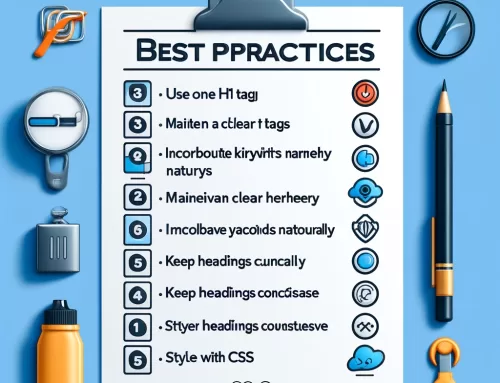 Introduction
Introduction
Writing for SEO is an essential skill for any content creator or digital marketer. It involves crafting content that not only engages readers but also ranks well in search engine results. In this guide, we’ll explore nine expert tips on how to write for SEO to help your content achieve better visibility and drive organic traffic to your website.
Table of Contents
 1. Conduct Thorough Keyword Research
1. Conduct Thorough Keyword Research
Before you start writing, it’s crucial to conduct thorough keyword research. Identify the terms and phrases your target audience is searching for. Use tools like Google Keyword Planner, Ahrefs, and SEMrush to find relevant keywords with high search volume and low competition. Incorporate these keywords naturally into your content to improve your chances of ranking well in search engine results.
Additionally, focus on long-tail keywords, which are more specific phrases that attract targeted traffic. These keywords often have less competition and can help you rank for niche topics.
For a deeper understanding of keyword research, refer to our article on On-Page SEO Best Practices for 2024.
2. How to Write for SEO – Create High-Quality, Valuable Content
High-quality content is the cornerstone of effective SEO. Ensure your content is informative, engaging, and valuable to your readers. Provide in-depth information, answer common questions, and offer practical solutions. The more value your content provides, the more likely it is to attract backlinks and social shares, which can boost your search engine rankings.
Use data, examples, and case studies to support your points and add credibility to your content. High-quality content not only ranks better but also helps establish your authority in your industry. For more tips on creating valuable content, check out our Strategic SEO Campaigns – Elevate Your Digital Presence with RedShaw Consulting.
4. Write Compelling Meta Descriptions to Write for SEO
Meta descriptions provide a brief summary of your content and appear below the title tag in search results. Although they do not directly impact rankings, well-crafted meta descriptions can improve click-through rates. Write compelling and informative meta descriptions that include your target keyword and stay within 150-160 characters.
Ensure your meta descriptions accurately reflect the content of the page and entice users to click through to your site.
5. Use Internal and External Links
Internal links connect one page of your website to another, helping search engines understand the relationship between different pages and improving site navigation. Use internal links to guide users to related content and distribute link equity throughout your site is the best way to write for SEO.
External links, or backlinks, from reputable sites can boost your site’s authority and improve its search engine rankings. Reach out to industry influencers and collaborate on content to earn high-quality backlinks. Use descriptive anchor text for both internal and external links to provide context and relevance.
 6. Optimize Images for SEO
6. Optimize Images for SEO
Images enhance the visual appeal of your content and can improve user engagement. However, it’s essential to optimize images for SEO by using descriptive file names and alt text that includes your target keyword. This helps search engines understand the content of the images and improves your chances of appearing in image search results.
Ensure your images are compressed and optimized for fast loading times to enhance user experience and reduce bounce rates.
7. Optimize for Mobile Devices
With the increasing use of mobile devices, optimizing your content for mobile is crucial. Ensure your website is responsive and adapts to different screen sizes. Use large, readable fonts and ensure buttons and links are easy to tap. Optimize images and other elements to load quickly on mobile devices to provide a seamless user experience.
 8. Structure Content for Readability
8. Structure Content for Readability
Well-structured content improves readability and user engagement. Break up your text with subheadings, bullet points, and short paragraphs. Use a clear and logical structure to guide readers through your content. Incorporate multimedia elements such as images, videos, and infographics to enhance the visual appeal of your content.
9. Monitor and Update Your Content Regularly
SEO is an ongoing process, and it’s essential to monitor the performance of your content regularly. Use tools like Google Analytics and Google Search Console to track your rankings, traffic, and user engagement. Identify areas for improvement and update your content to keep it relevant and up-to-date.
Regularly updating your content can help you maintain and improve your search engine rankings over time.
Conclusion
Writing for SEO involves more than just inserting keywords into your content. It requires a strategic approach to create high-quality, valuable content that engages readers and ranks well in search engine results. By following these nine expert tips on how to write for SEO, you can enhance your content’s visibility, drive organic traffic, and achieve better search engine rankings. Stay consistent, monitor your performance, and adapt your strategies to stay ahead in the ever-evolving world of SEO.




